Kari Traa is a Norwegian brand launched in 2006 by the Olympic skier of the same name. They make clothing “for women, by women” with a focus on clothes for skiing, hiking and other outdoor sports.
The brand makes parkas, underwear, workout clothes, bras, and much more. I’ve only tried the Kari Traa Merino wool base layers though, so that’s what I’m going to focus on here.
Specifically:
- Rose Merino Wool Top: Made of 240g/m2 wool in key areas and 210g/m2 in the side panels. It has a Henley (button down) neck. I have two of these 🙂
- Floke Bottoms: Made of 220g/m2 material; 60% Merino wool and 40% Lenzing (a sustainably-made synthetic material)
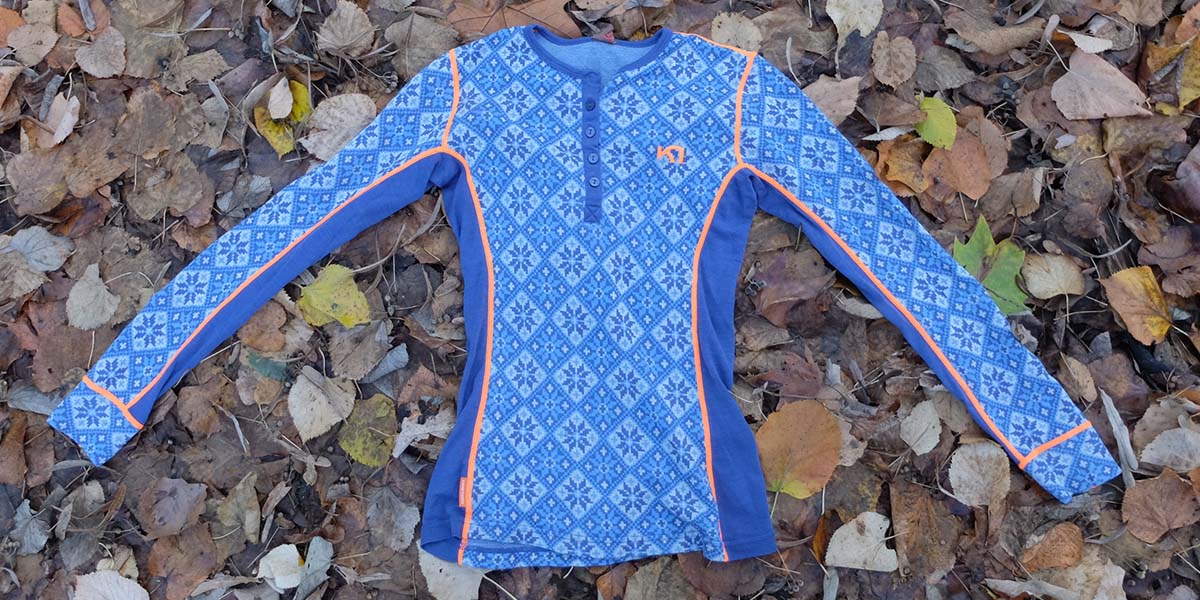
The Kari Traa Rose base layer top
Quick Verdict:
Kari Traa Merino wool base layers are really great when it comes to quality. Everything from the materials, construction and fit have been carefully thought out. My only issue is that some of the designs are a bit “too much.” I wouldn’t want to wear the bottoms as leggings, but they are great as base layers or camping pajamas. Kari Traa clothes aren’t cheap, but is on par with other Merino brands of similar quality and you can often find Kari Traa base layers on sale.
Pro Tip: Check out REI’s Outlet section for huge discounts on Kari Traa base layers from last season. Sometimes Amazon has sales too.
Also read: Best Merino Base Layers for Women
Kari Traa Base Layer Materials
Almost all of the Kari Traa base layer tops are made from 100% Merino wool. Most of them are a hefty mid-weight thickness, which is perfect for when you are very active in very cold temps. They are also good for sitting around in mildly-cold and cold temps.
Annoyingly, the brand doesn’t always list the weight of their Merino products in the descriptions. After some digging, I was able to find out that the Rose top has 240 g/m2 in the front/back area and 210 g/m2 in the contrast fabric.
*If you don’t know why Merino wool is great, read about it here.
Softness
Kari Traa Merino base layers have a fiber thickness is 19.5 microns. That is in the middle range for Merino wool (which is already a super-fine type of wool). While definitely not the softest Merino out there, Kari Traa base layers do feel soft against your skin.
I’m one of those people with sensitive skin and I don’t find my Kari Traa base layer tops itchy at all. 🙂
But I did find their 100% Merino base layer top to be softer and more comfortable than the Floke base layer bottoms, which are a 60%/40% Merino-polyester blend.
*To put the size in perspective, a human hair is approximately 70 microns, give or take 20 microns.
Knit Method
Most Kari Traa base layers use jacquard knit. This knitting method is really sturdy. More importantly, it has 4-way stretch: you can pull the material in all directions and it will return to its original state. Cheaper base layers are made with single jersey or double jersey (aka interlock knitting), which only has a 2-way stretch.
The 4-way stretch is nice because it means your base layers won’t get stretched out as quickly. They will continue to hold their shape and hug your body well.
Do note that the side panels on some Kari Traa base layers are made with interlock knitting. The 4-way stretch isn’t as important in these areas, but it does seem like a sneaky method to cut costs while still claiming that they use jacquard knitting.
Construction
I’ve found that the best way to inspect the construction quality of a Merino base layer is to turn it inside out. That allows you to see the seams and stitching better. When you do this with Kari Traa clothing, you can see that a lot of thought went into it.
Here are some of the cool things about the Kari Traa Rose top construction:
- Lighter material side panels: The main area of the top is 240 g/m2 material and the side panels are a lighter 210 g/m2. This is great for ventilation, especially for keeping your armpits dry.
- No seams in the armpit area: It is just one long strip of fabric, so there is literally no seam in the underarm area at all. Goodbye chaffing!
- Henley neck: Unbutton the collar for ventilation. Some other Kari Traa tops have zippers.
- Flatlock seams everywhere: ALL of the seams on the base layer top are flatlock. On top of that, the thread used for the seams also seems to be made out of Merino. It is really soft!
The construction of the long johns is also nice. They have an extra panel on the sides so you get a better fit and more movement. Oddly though, there is no crotch gusset in the Floke pants. A crotch gusset is crucial if you stretch your legs a lot. Other models of Kari Traa bottoms do have the gusset though.
Patterns and Design
A lot of the Kari Traa base layer patterns are based on ethno Norwegian designs. You will either love or hate these designs. I personally really like them, especially since most base layers for women are boring or downright ugly.
However, I’ve got to admit that the designs are often “too much.” It’s fine if you are wearing the base layers as intended – under other layers. I don’t give a damn about style while hiking in the backcountry, but I am aware that I look ridiculous with all my colorful hiking clothes mixed together.
My main issue is with the pattern on the Kari Traa base layer pants. I wouldn’t wear them by themselves in public. Once I headed out on a bike ride with the KT Floke pants on with some jean shorts over them. I actually went back and changed out of them because I looked too ridiculous (especially since my vest, buff and shoes were also colorful patterns).
Maybe you are braver than me, but I’d rather have a plain pair of base layer bottoms so I can wear them in more situations. Luckily Kari Traa does make some plainer styles of bottoms.
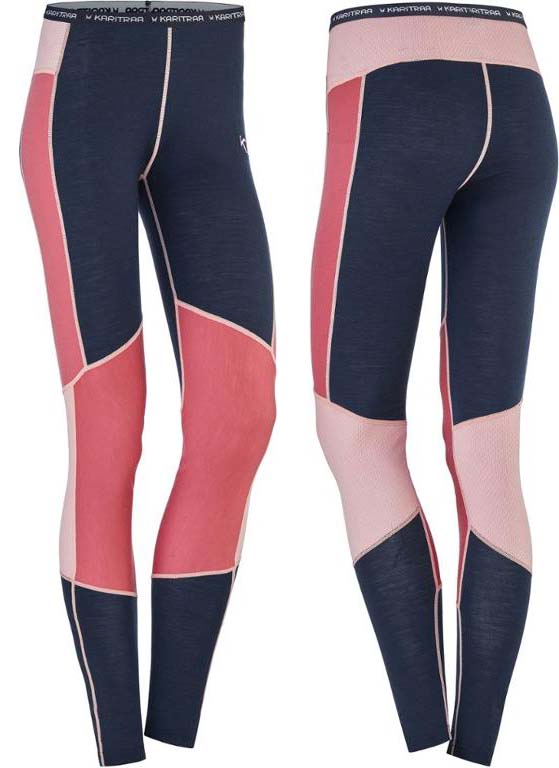
These are the Kari Traa bottoms I wish I had. Because they don’t have a pattern, I could wear them by themselves without feeling too ridiculous.
Fit and Sizes
Kari Traa base layers come in sizes ranging from XS to XXXL. There aren’t as many plus-size options, but at least they have some options. Other brands usually max out at L or XL.
I’m a petite 5’1” and 105lbs and the small base layer top and bottom fit perfectly. I like that the top is actually long enough that my back doesn’t get exposed when I lean over.
Ethics and Sustainability
Compared to cheap brands of Merino base layers, Kari Traa scores points for ethics. They follow these standards:
- Non-museling wool: Which is ensured with the IWTO certificate, Wool Spinning Certificate and a Certificate of Origin.
- Bluesign Certified: Main suppliers are Bluesign Certified, which means that textiles are safe for the environment, workers and customers.
- Follow UN’s Universal Declaration of Human Rights and the International Labour Organization Regulations: This involves equal pay for women, no child labor, and normal work hours (8 hours per day, 48 hours per week).
- Factory inspections: Kari Traa brand apparently inspects their factories themselves. They also use the BSCI and IEH organizations to do inspections and ensure factories are following regulations for employee safety and working conditions.
Price/Value
Kari Traa base layers are not cheap (though you can usually find them on sale or discounted in outlet sections online). However, the cost is directly proportional to the quality. Other brands of Merino wool base layers which are of similar quality – such as Icebreaker and Smartwool – are similarly priced. You can often find last-season’s models Kari Traa base layers in outlet sections though for much cheaper.
Kari Traa vs. Smartwool
Smartwool is the more popular than Kari Traa for base layers. However, in many ways, Kari Traa is the better product. Their base layer tops have more higher-end features, such as zip or Henley collars and the construction is better quality. The cost is roughly the same for similar-weight products, but Kari Traa has more options for patterns.
For animal welfare, both brands are equal and don’t use museling wool. However, Smartwool doesn’t provide any evidence that their factories provide a living wage or safe working conditions. Note that only Smartwool socks are currently made in the USA. The rest of their products are made inChina, Vietnam or Bangladesh.
Kari Traa vs. Icebreaker
Many Icebreaker base layers use ultra-fine Merino with a fiber size of just 15.5 microns. It might not sound like much, but this is much softer than the 19.5 microns used in many Kari Traa base layers.
Icebreaker also has more options when it comes to technical fit and construction. For example, their Zone Knit base layers have multiple panels made of different weight materials for better ventilation as well as thumb holes. These models are considerably more expensive than Kari Traa base layers though. When you compare KT and Icebreaker models that are similar in price, the construction quality is very similar.
As for design, Icebreaker does have some cool patterns. But Kari Traa has a lot more options for patterns, especially when it comes to base layer bottoms.
Like with Kari Traa, Icebreaker also only uses certified non-mulesing wool. They claim that they use fair and safe factory conditions, but they don’t give any evidence that this is actually being enforced.


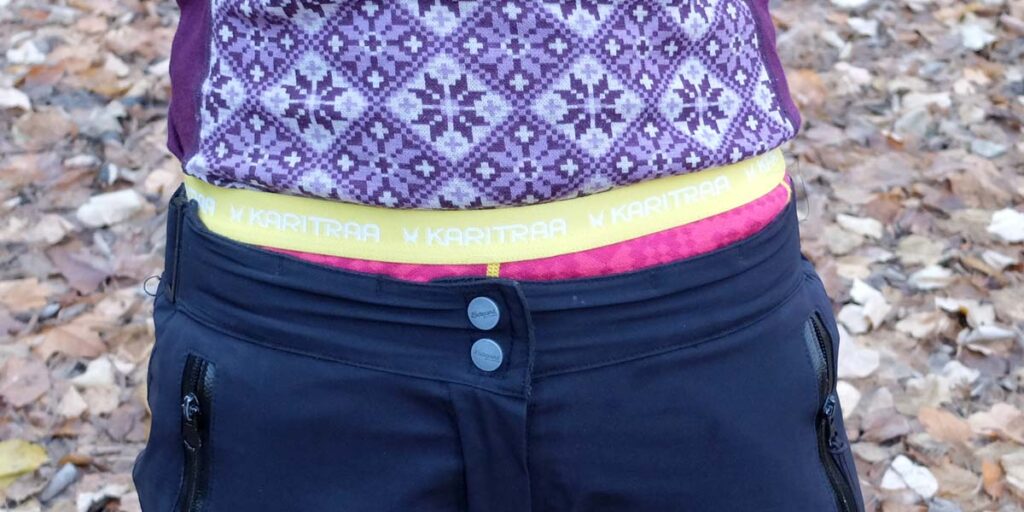
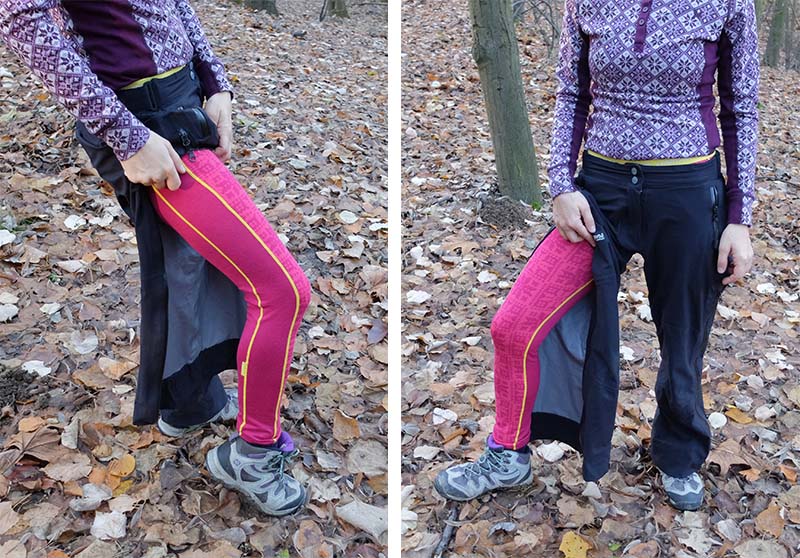
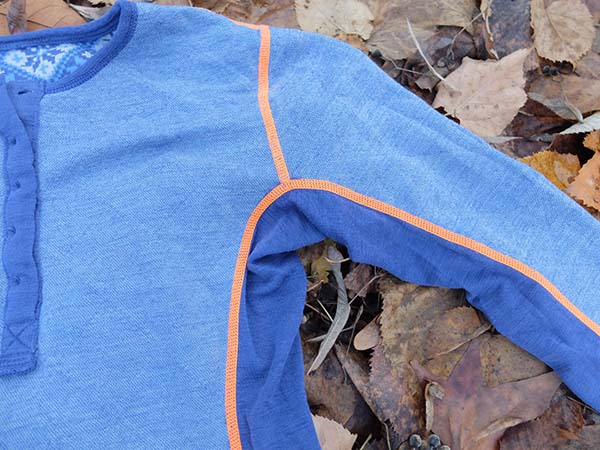
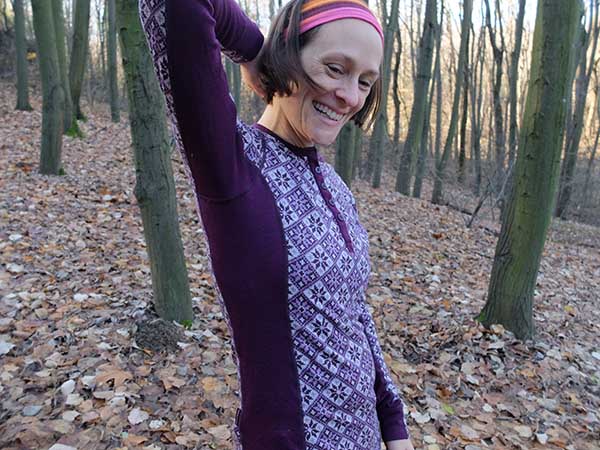

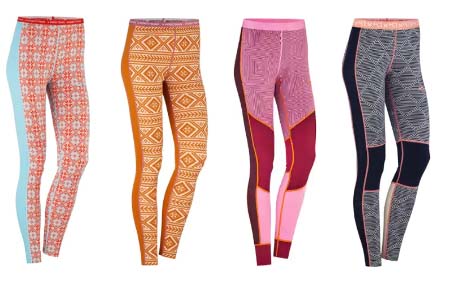

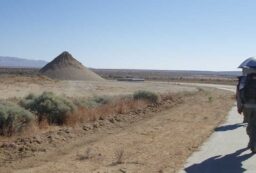
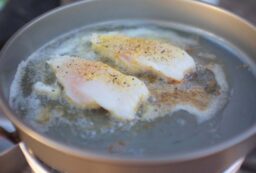







2 Comments
Sharon
December 28, 2023 at 5:14 pmHave been a loyal customer of SMARTWOOL but have found that SMARTWOOL merino base layers are diminishing in quality over the years….aka itchy and scratchy….shrinks in cold wash….small holes with wear. As a result I am looking to change brands and am new to Kari Traa. Wanted to know if their base layers itch! I have sensitive skin and itchy scratchy material is a real turn-off……..
Diane
December 29, 2023 at 12:58 pmI don’t find them itchy and am definitely a material snob. But they aren’t as soft as my Icebreaker Merino layers. So, if your skin is really sensitive, then you should ideally try them on first. Or at least pay close attention to the return policy before buying!